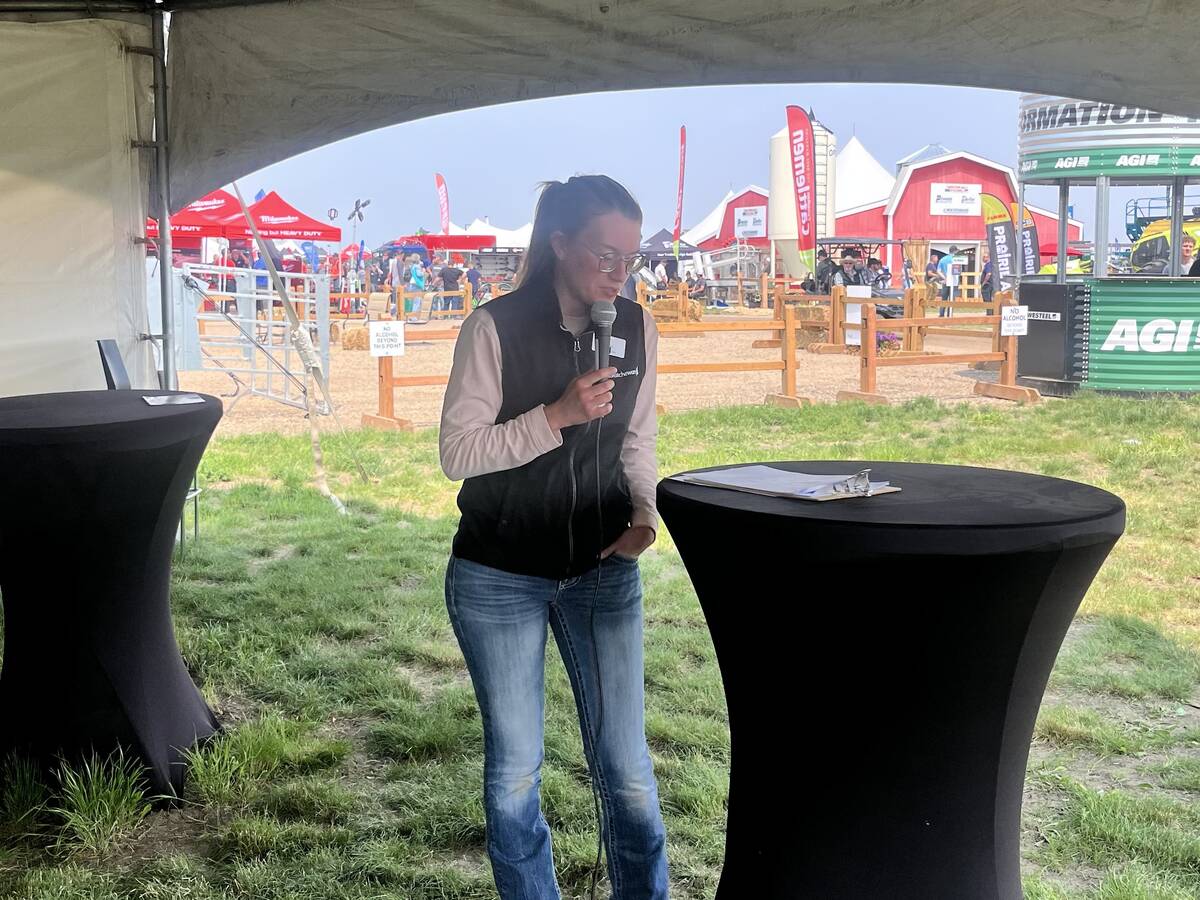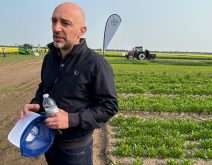One second doesn’t sound like much, but it means everything to Ross Bentley.
When he’s hugging the curves of a racetrack at speeds of 300 kilometres per hour, the Indy car driver can cover the length of a football field in one second.
Bentley, who has been racing the world sports car circuit and the Indy Car Series for the past 21 years, said he feels safer on the racetrack than driving down a city street.
Today’s drivers are lacking in proper attitude and technique, Bentley said, and it’s costing lives.
Read Also

Ag in Motion speaker highlights need for biosecurity on cattle operations
Ag in Motion highlights need for biosecurity on cattle farms. Government of Saskatchewan provides checklist on what you can do to make your cattle operation more biosecure.
There are more than 900,000 car crashes each year in Canada. These kill 4,000 people and injure another 300,000.
Bentley believes there is a solution. He calls it the one-second cure.
A recent European study revealed if drivers had just one more second to react in an accident, 80 percent of crashes could be avoided.
That’s why Bentley, in a program sponsored by Labatt Breweries and Ford, is taking his message on the road.
The Labatt Road Scholarship program passed through Saskatoon May 10 to teach drivers how to gain that critical one second and emphasized the dangers of drinking and driving.
“Imagine doing any one of these things impaired,” said the Vancouver race car driver.
Hands-on learning
The program is a hands-on, behind the wheel, three-hour driver training program where participants are put through a series of skid pad drills, including collision avoidance and skid control.
Under supervision of driving instructors, participants were guided through courses to practice using high-aim vision, a technique Bentley said can add a second to the time it takes a driver to react.
Lessons included how to sit behind the wheel, proper adjustment of mirrors and techniques that help avoid locking the brakes of a car.
Close to 15,000 people across Canada have taken part in the program.
















